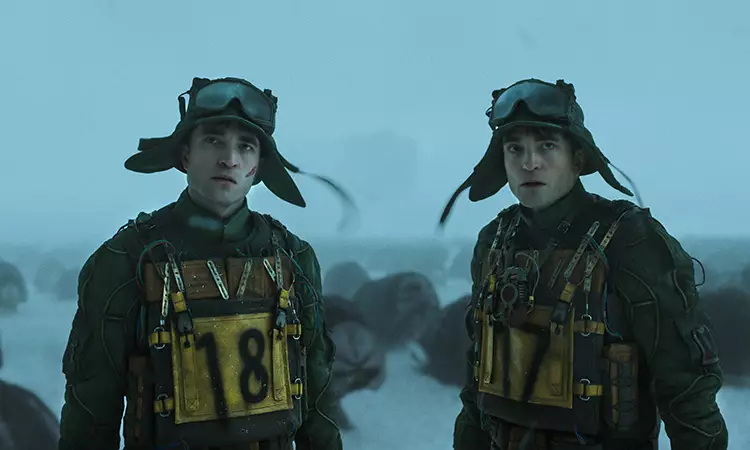After an industry-wide strike that delayed its release, the highly anticipated film “Mickey 17” from Bong Joon-ho finally hits the screens, bringing with it a chaotic blend of dark humor and dystopian realities. Once again, Bong immerses viewers in a narrative rich with social commentaries, drawing parallels to his previous work such as “Okja.” This film tackles familiar themes of class discrimination and the horrors of a capitalist society, reimagined through the lens of science fiction. Audiences are transported to a chilling world where human beings, instead of being forced into subjugation, willingly put themselves in harm’s way for corporate interests.
Adapted from Edward Ashton’s novel, “Mickey 17” introduces us to the enigmatic character Mickey Barnes, portrayed with impressive versatility by Robert Pattinson. As the titular character, Mickey embodies an ‘Expendable’ who is engineered to fail repeatedly, from dangerous missions to obedience tests, only to be resurrected by an organic printer. This premise raises compelling questions about agency, identity, and the human cost of progress in pursuit of colonization on the icy planet of Niflheim.
As Mickey navigates this treacherous landscape, he encounters various versions of himself, emphasizing the endless cycles of suffering inherent in such a bureaucratic system. The dark comedy woven throughout the narrative provides both levity and depth, subtly critiquing the ways in which society elevates exploitation.
While “Mickey 17” may not boast the polished coherence of some of Bong’s earlier works, its charm lies in its imperfections. The film’s portrayal of futuristic technology is hilariously haphazard, effectively serving as a metaphor for the moral decay of its characters. For example, the absurdity of using a crumbling brick to store Mickey’s personality adds a comedic layer while also critiquing humanity’s reliance on flimsy solutions to complex problems.
Bong’s direction allows the supporting cast, including the formidable Naomi Ackie as Mickey’s lover Nasha, to shine. Steven Yeun’s portrayal of an oily antagonist and Mark Ruffalo’s flamboyant, caricature-like performance inject additional layers of complexity and humor into the narrative. Ruffalo’s duality as both endearing and loathsome encapsulates the film’s tone—an exploration of human fragility that oscillates between tragic and absurd.
Despite its chaotic narrative structure, “Mickey 17” excels in its ability to juxtapose laughter with existential dread. Bong Joon-ho has an uncanny knack for creating a universe where viewers can revel in the absurd while grappling with weighty social issues. While the film may leave some without a clear understanding of its direction—evidenced by reported post-production challenges—what it lacks in coherence, it compensates for with moments of poignant insight, biting humor, and endearing humanity.
In summation, “Mickey 17” offers a uniquely enticing experience, celebrating Bong’s artistic bravado while inviting audiences to reflect on deeply entrenched societal norms. With its rich thematic undertones and a willingness to embrace chaos, it solidifies Bong Joon-ho’s standing as a master storyteller navigating the intricate landscape of human existence.

